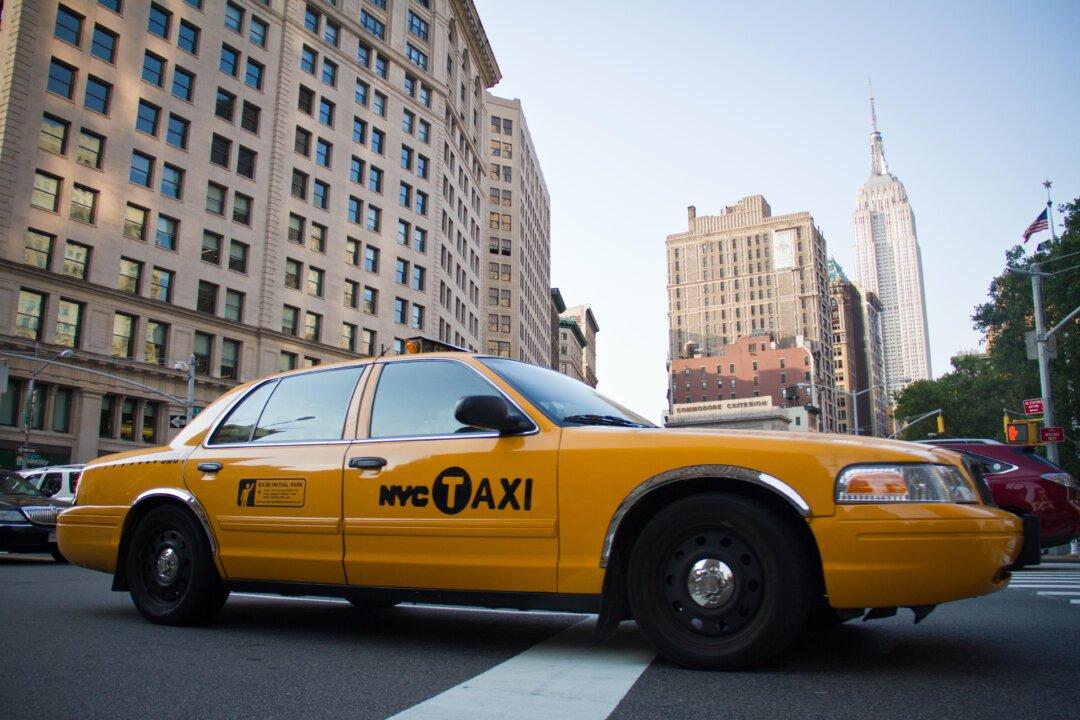In a landmark ruling for U.S. antitrust law, a federal judge in June approved the merger of Time Warner Inc. and AT&T, which was contested by the Department of Justice (DOJ). It was the first time the courts had opined on a vertical merger between two firms at different points on the supply chain in 41 years. In 2018, economic models tried to block the merger; economic reality got it approved.
Judge Richard Leon found that the DOJ failed to prove its theory that the merger would lead to increased bargaining power for the new company and higher prices for consumers.





